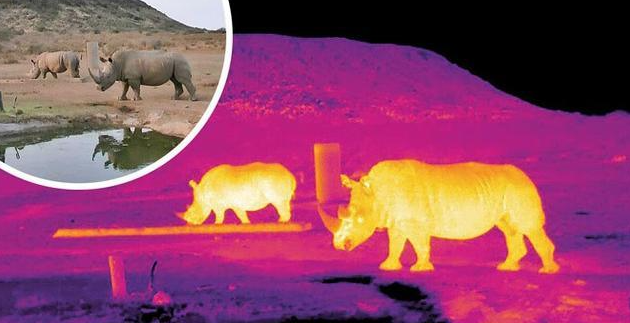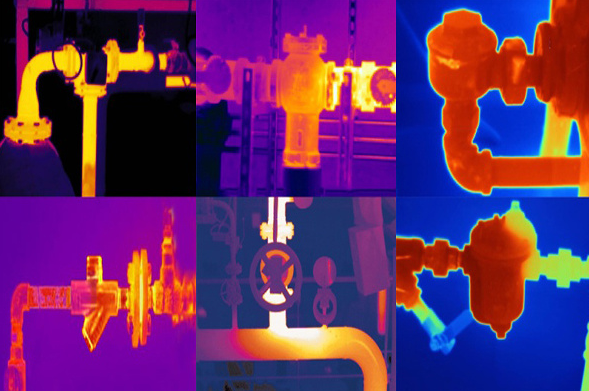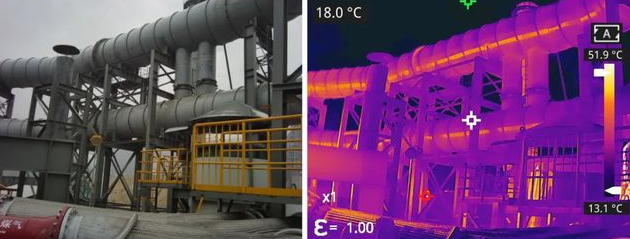If you are a technology enthusiast or a friend who likes DIY, I believe you will not be unfamiliar with 3D printing. However, do you know how infrared thermal imagers take this technology to the next level? With this question, let's find out!
Overview of 3D Printing Technology
Speaking of 3D printing, everyone should be familiar with it. This is a process of making three-dimensional objects by adding materials layer by layer. It has been applied to multiple links from prototyping to final product manufacturing. However, this technology still faces challenges in accuracy and stability.

Accuracy Problems
Have you ever encountered some deviations between 3D printed objects and design drawings? This is because the material shrinkage and deformation caused by inaccurate temperature control during the printing process. Traditional methods are difficult to detect these problems in real time.
Introduction of infrared thermal imagers
So, how did infrared thermal imagers change all this? When infrared thermal imagers are introduced into the 3D printing process, it is like installing a pair of "clairvoyance" for the entire system. It can monitor the temperature changes of materials during the printing process in real time, thereby helping operators to adjust parameters in time.
Real-time temperature monitoring
Imagine how amazing it would be if we could monitor the temperature changes of each layer of material in real time. Infrared thermal imagers do just that. With real-time temperature monitoring, we can ensure uniform cooling of each layer of material, thereby reducing or even eliminating deformation problems.

Optimize printing parameters
Real-time temperature monitoring not only provides data, but can also be used to optimize printing parameters. For example, if the temperature of a layer is too high, the system can automatically adjust the printing speed or cooling time. This intelligent control greatly improves the accuracy and success rate of printing.
Improve printing quality
With the real-time monitoring and automatic adjustment functions of infrared thermal imagers, the printing quality is significantly improved. Not only can we reduce the scrap rate, but we can also ensure that each print meets the expected quality standards. In this way, whether you are making 3D models or producing industrial parts, you can be more handy.

Shorten the R&D cycle
For industries that require rapid prototyping verification, such as automotive manufacturing, aerospace, etc., time is money. With the help of infrared thermal imagers, the success rate of 3D printing has been greatly improved, thereby greatly shortening the R&D cycle. This is undoubtedly a huge advantage.
Conclusion
I believe that everyone has a deeper understanding of the application of infrared thermal imagers in 3D printing technology. This technology not only improves printing accuracy and quality, but also shortens the R&D cycle and saves costs. More importantly, it opens up new possibilities for us and allows us to go further in the pursuit of innovation.


